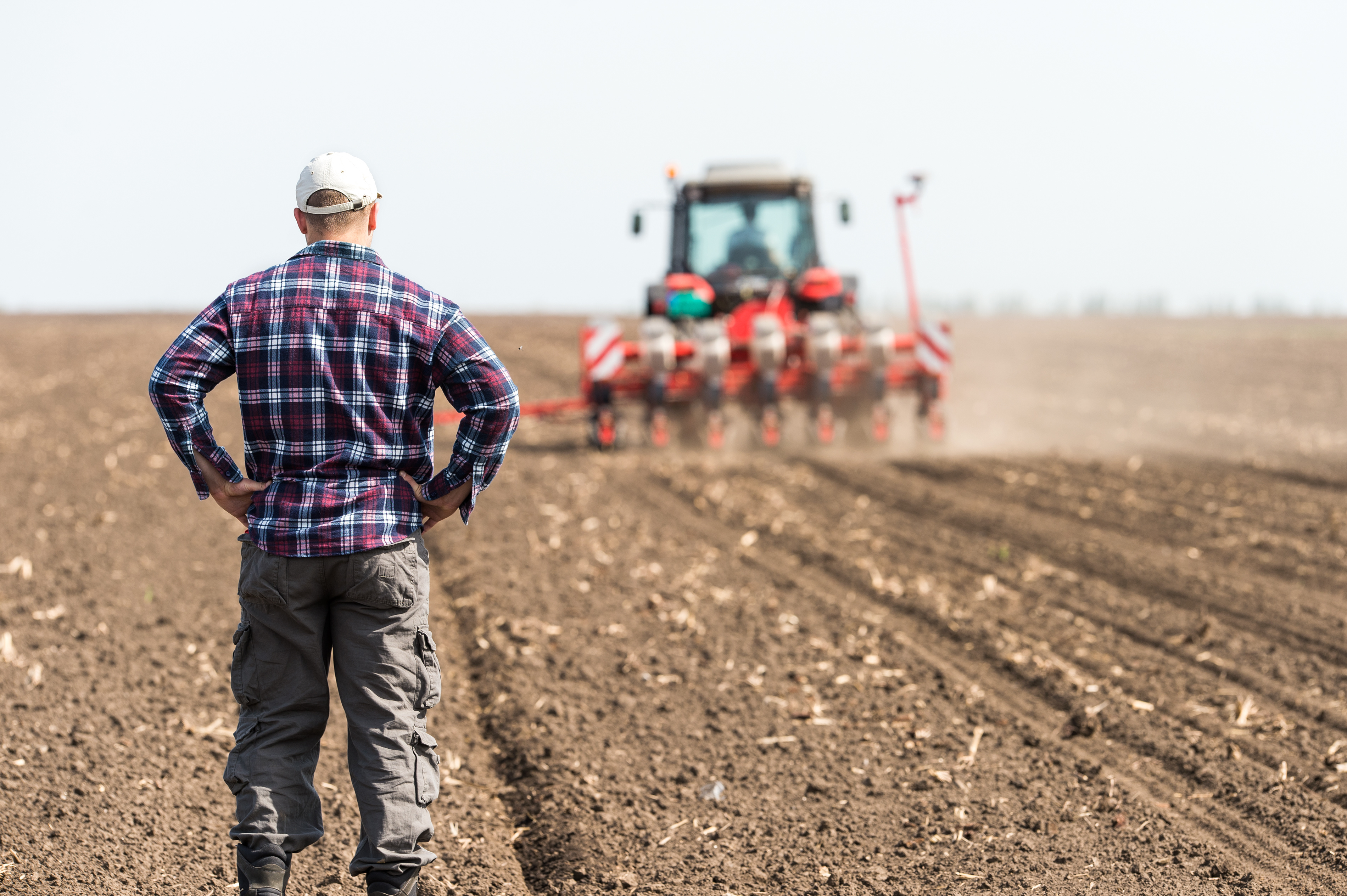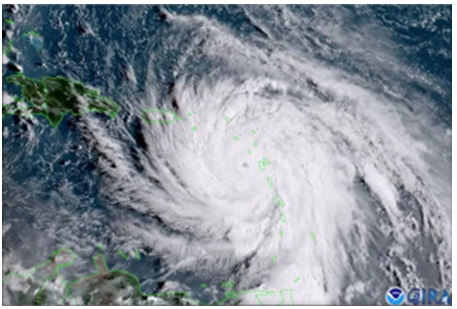



US farmers and ranchers brace for tropical storm Henri
The US Department of Agriculture is reminding American communities in the path of storm Henri that post-disaster assistance is available.USDA partnered with FEMA and other disaster-focused organizations and created the Disaster Resource Center. This central source of information utilizes a searchable knowledge base of disaster-related resources powered by agents with subject matter expertise.

The Disaster Resource Center website and web tool now provide an easy access point to find USDA disaster information and assistance. USDA also developed a disaster assistance discovery tool specifically targeted to rural and agricultural issues. The tool walks producers through five questions that generate personalized results identifying which USDA disaster assistance programs can help them recover from a natural disaster.
USDA also encourages residents and small businesses in impact zones to contact a local USDA office to determine which assistance programs might meet their individual needs.
Food safety guidance:
Severe weather forecasts often present the possibility of power outages that could compromise the safety of stored food. Click here to view a list of food safety precautions.
Owners of meat and poultry producing businesses who have questions or concerns may contact the FSIS Small Plant Help Desk by phone at 1-877-FSIS-HELP (1-877-374-7435), by email at [email protected], or 24/7 online at the FSIS website.
Protecting pets and livestock:
USDA's Animal and Plant Health Inspection Service (APHIS) is urging everyone in the potential path of the hurricane to prepare now – not just for yourselves, but also for your pets and your livestock:
- Plan for evacuation – know how you will evacuate and where you will go. If it is not feasible to evacuate your livestock, be sure to provide a strong shelter, and adequate food and water that will last them until you can return.
- If you are planning to move livestock out of state, make sure to contact the State Veterinarian’s Office in the receiving state before you move any animals. You also may contact APHIS Veterinary Services state offices for information and assistance about protecting and moving livestock.
- Listen to emergency officials and evacuate if asked to do so.
Risk management and disaster assistance for agricultural operations:
USDA offers several risk management and disaster assistance options to help producers recover after disasters.
Producers who suffer losses and whose crops are covered for the 2021 crop year by the Federal Crop Insurance Program or the Noninsured Crop Disaster Assistance Program (NAP) are asked to report crop damage to their crop insurance agent or local FSA office, respectively, within 72 hours of discovering damage and follow up in writing within 15 days.
Livestock and perennial crop producers often have more limited risk management options available, so there are several disaster programs for them. Key programs offered by USDA’s Farm Service Agency include:
- The Livestock Indemnity Program and the Emergency Assistance for Livestock, Honeybee and Farm-raised Fish Program reimburses producers for a portion of the value of livestock, poultry and other animals that were killed or severely injured by a natural disaster or loss of feed and grazing acres.
- The Tree Assistance Program provides cost share assistance to rehabilitate or replant orchards and vineyards when storms kill or damage the trees, vines or bushes. NAP or Federal Crop Insurance often only covers the crop and not the plant.
- The Emergency Conservation Program and Emergency Forest Restoration Program can assist landowners and forest stewards with financial and technical assistance to restore damaged farmland or forests.
It is also critical that producers keep accurate records to document damage or loss and to report losses to their local USDA Service Center as soon as possible.
Additionally, USDA’s Natural Resources Conservation Service can provide financial resources through its Environmental Quality Incentives Program to help with immediate needs and long-term support to help recover from natural disasters and conserve water resources. USDA can also assist local government sponsors with the cost of recovery efforts like debris removal and streambank stabilization to address natural resource concerns and hazards through the Emergency Watershed Protection Program.

On farmers.gov, the Disaster Assistance Discovery Tool, Disaster Assistance-at-a-Glance fact sheet (PDF, 4.6 MB) and Farm Loan Discovery Tool can help producers and landowners determine program or loan options. For assistance with a crop insurance claim, producers and landowners should contact their crop insurance agent. For FSA and NRCS programs, they should contact their local USDA Service Center.
USDA’s Food and Nutrition Service (FNS) is also standing by to work with the Federal Emergency Management Agency (FEMA), as well as requesting states and local authorities, to provide emergency nutrition assistance and other nutrition program flexibilities to assist people in need.
TheCattleSite News Desk



